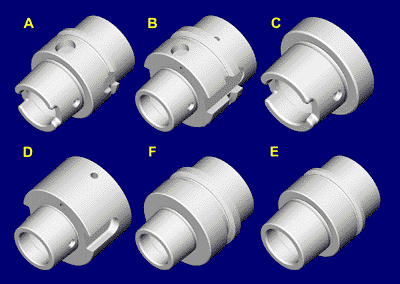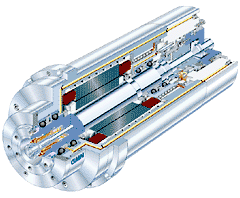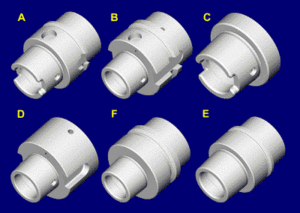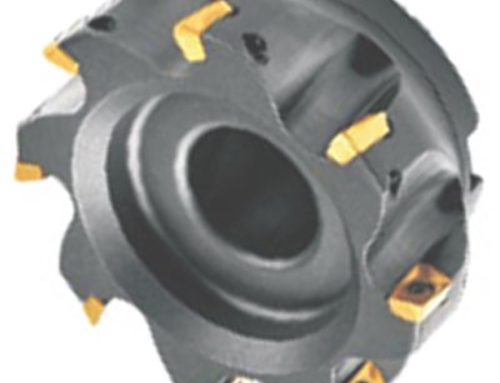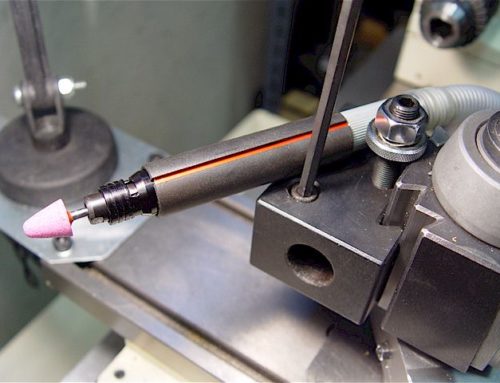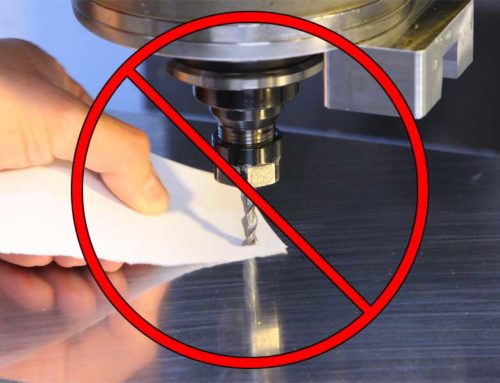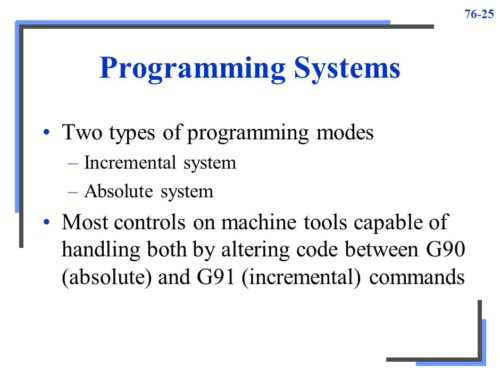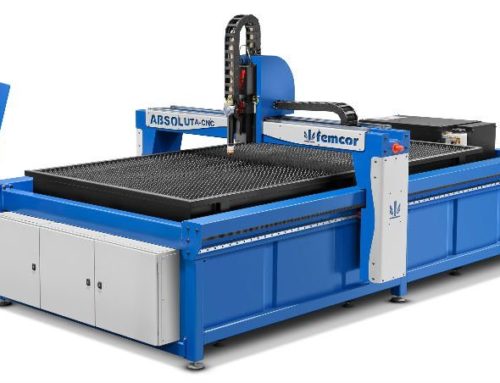HSK Shanks and Receivers – Introduction
Speed, accuracy, precision, and faster tool changes are the benchmark and differentiating factor in the manufacturing world. Modern manufacturers are always looking for ways of improving their products in the shortest possible time. HSK shanks and receivers are tools with which these manufacturers can do just that.
In order to outperform your competitor, you’ve got to have the right set of tools. Tools that provide the fastest removal rates, rigidity, and accuracy. Tools with high precision and rigidity: The HSK tooling technology.
HSK is an acronym for Hollow Taper Shank.
HSK shanks and receivers have the purpose of bringing high rigidity, accuracy, and greater stability in high-speed machining.
In the quest to fill in the gap for top-notch tooling system, a non-proprietary model was introduced in Germany. These HSK shanks and receivers have become more popular across the US in the last few years.
With its increasing popularity across the US market coupled with an outstanding tooling system, productions were reversed and manufacturers found a tool holder with higher standards for their future projects.
One of the key differentiating factors in HSK tools is in the degree of tolerance. The tolerance between the taper and the spindle receiver is below two microns (.002 mm). These tools supports Automated Tool Change (ATC).
Different manufacturers produce HSK shanks and receivers and every type serves a specific need.
Types of HSK Shanks and Receivers
There are six types of HSK shanks and they’re available in 35 sizes. Spindle receivers are also designed for each shank type. Your choice of shanks is dependent on the spindle speed and torque.
Description of Types of HSK Shanks and Receivers
- A: for automatic tool-changing for applications operating with moderate to high revolution and those on a high torque.
Normally, these applications should have a revolution speed above 12 rpm and below 25,000 rpm. - B: for automatic tool changing for applications operating with high torque and also on a moderate to high spindle speed.
- C: for manual tool-changing for applications operating with moderate torque and on a moderate to high revolution speed.
- D: for manual tool-changing for applications operating on high torque with moderate to high revolution speed.
- E and F: to support the Automated Tool Change (ATC) technology and for applications operating with low torque and extremely high revolution speed.
Why Should You Use HSK Shanks and Receivers?
Over the years, there has been a dramatic change in the use of tools in the manufacturing world. End users, on the other hand, are searching for reliable, easy, and fast tools to help them finish their projects with the highest level of precision and accuracy.
HSK tools not only make your work faster, they also make it easier without wasting time during the coupling of the basic component parts of the system.
Unlike other conventional tool holders, like BT, NMTB, and CAT V-flange, which are largely for high-speed machining, HSK tool holders increase grip and rigidity as the revolution speed increases. The shorter taper acts as a safety measure to stop pulling out the holder from the spindle at high revolution speed.
HSK tools reduce the cycle time to facilitate faster operations while other conventional tools are relatively slower.
A lightweight structure coupled with the stiffer and precise operation styles make HSK tools the best tools for the future.
Generally, HSK tool holders are becoming increasingly important for any high-speed machining operations. The aerospace and automotive industries predominantly use them.
Manufacturers and end users looking for accurate, lightweight, and easy-to-use tool holders can utilize the amazing value in HSK shanks and receivers.

